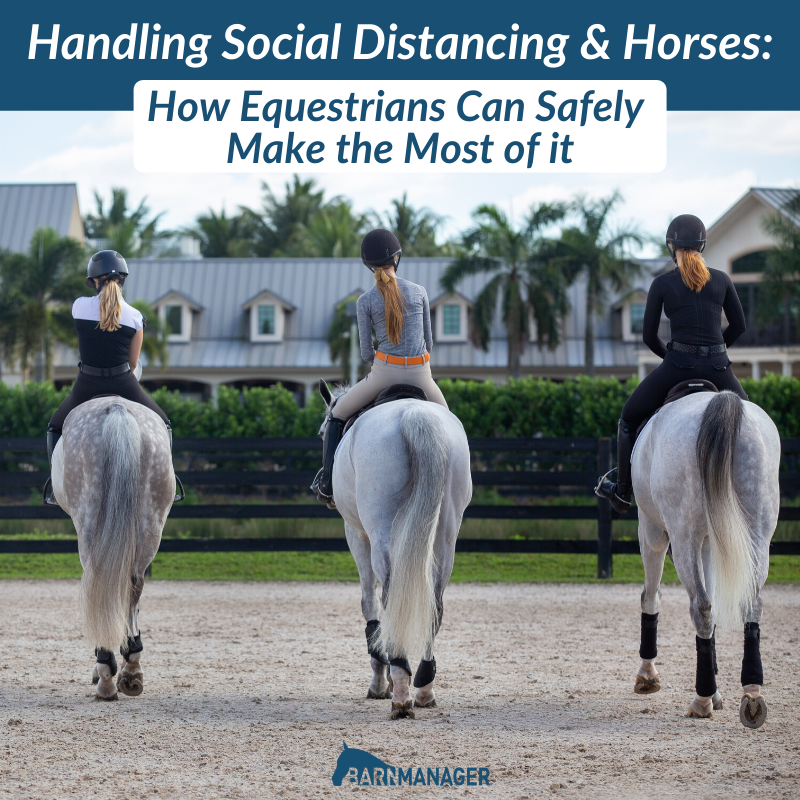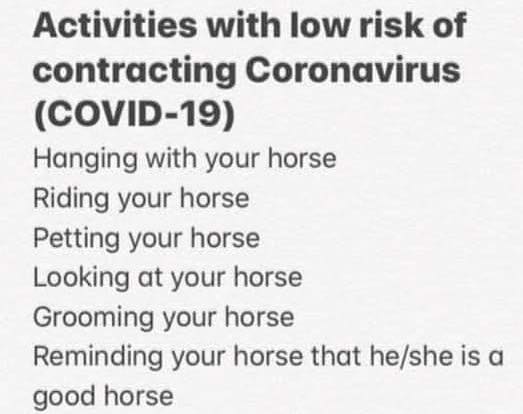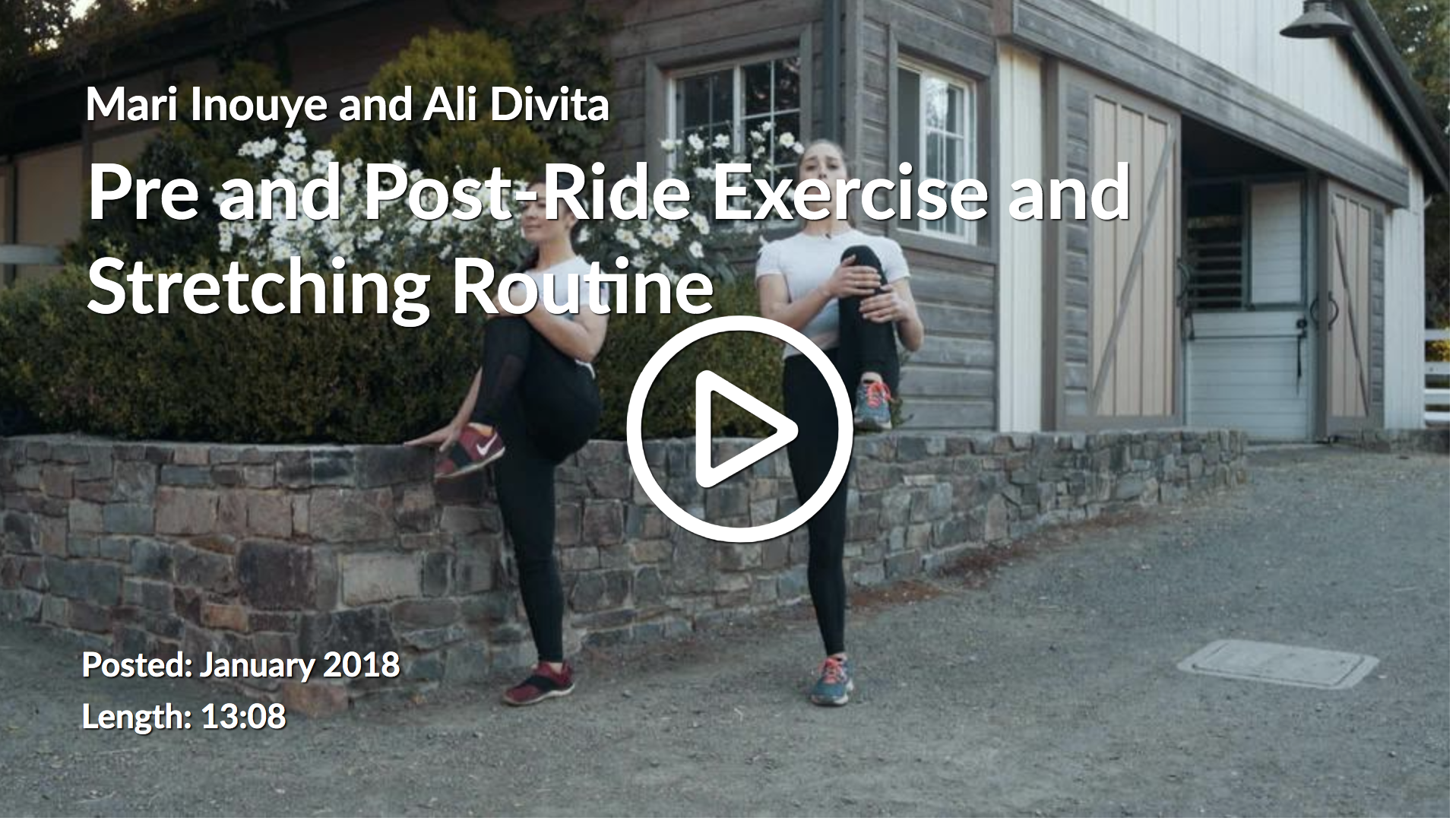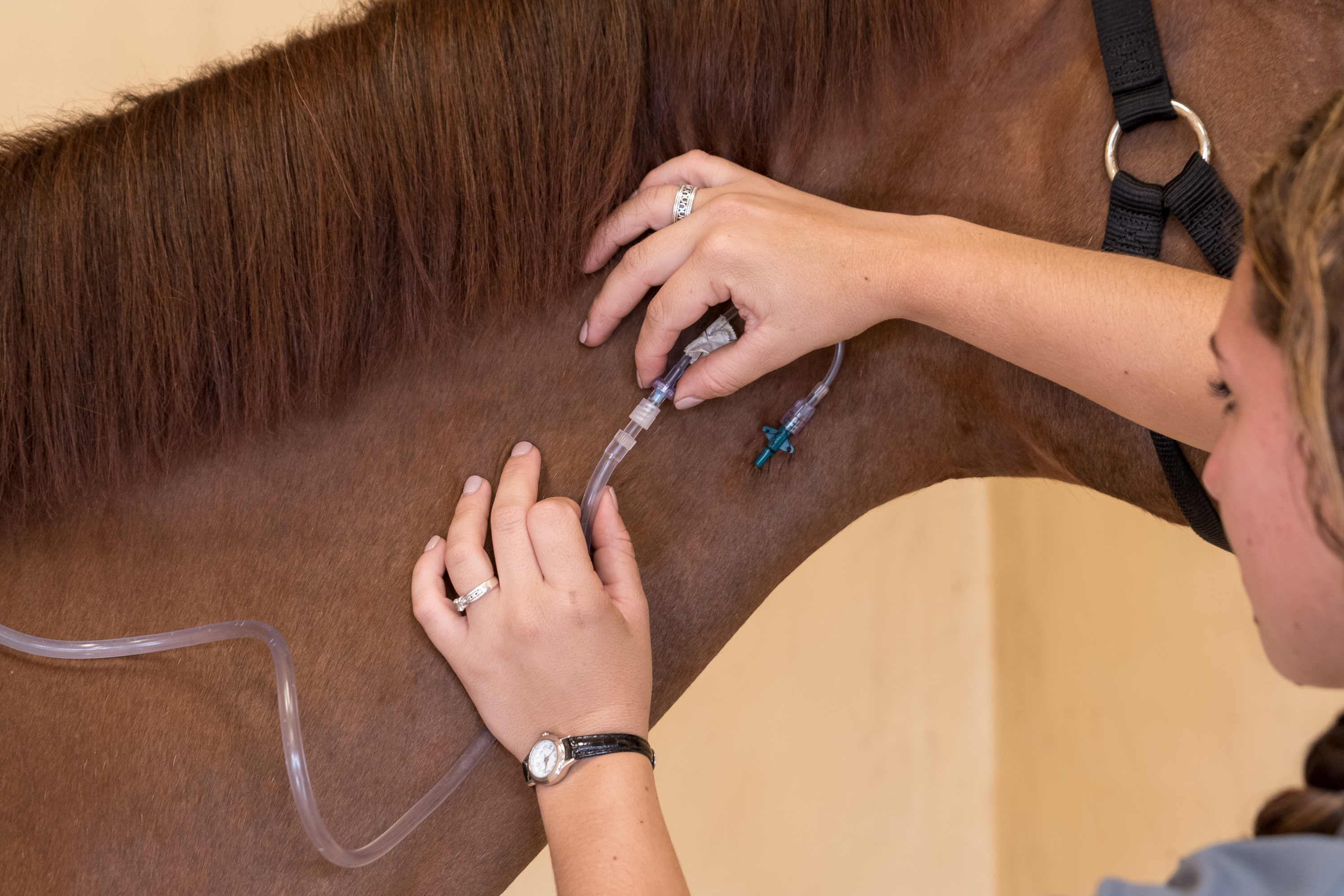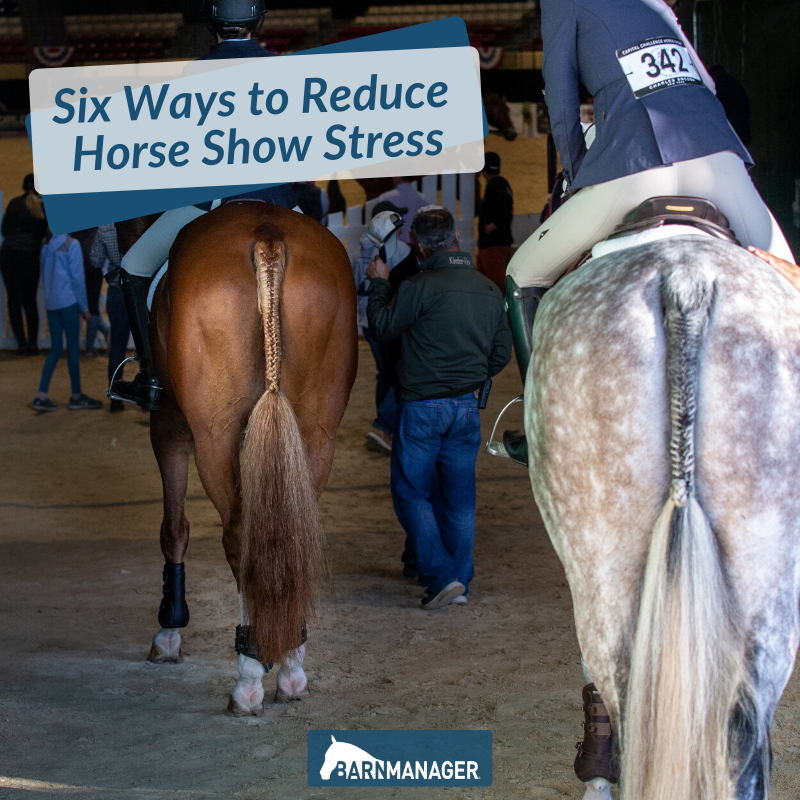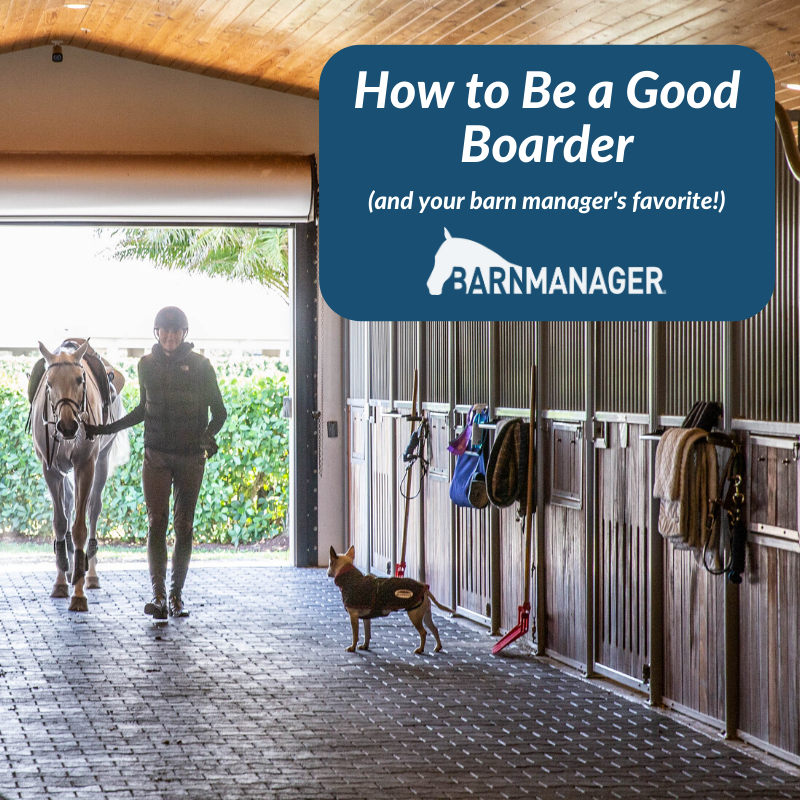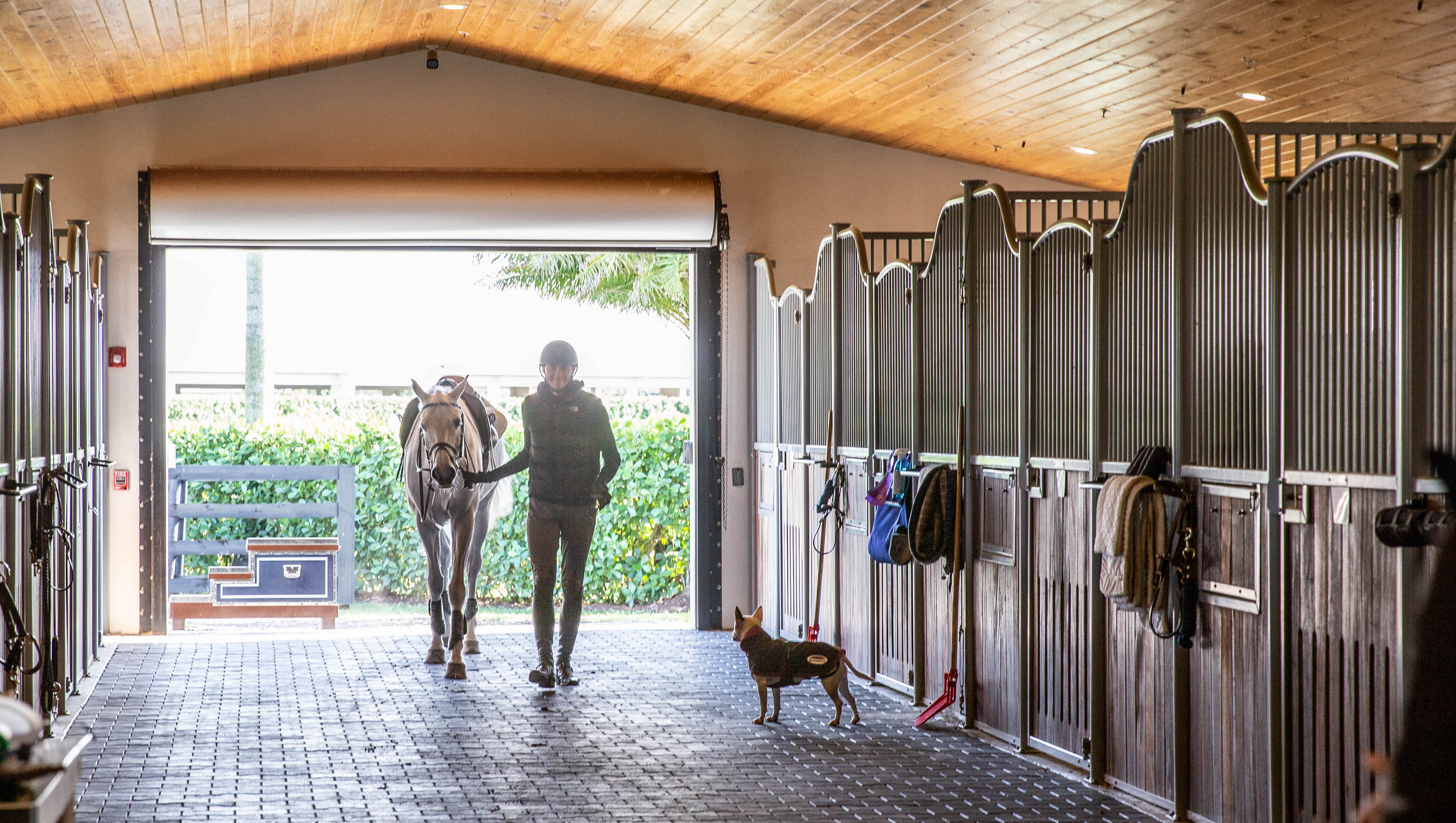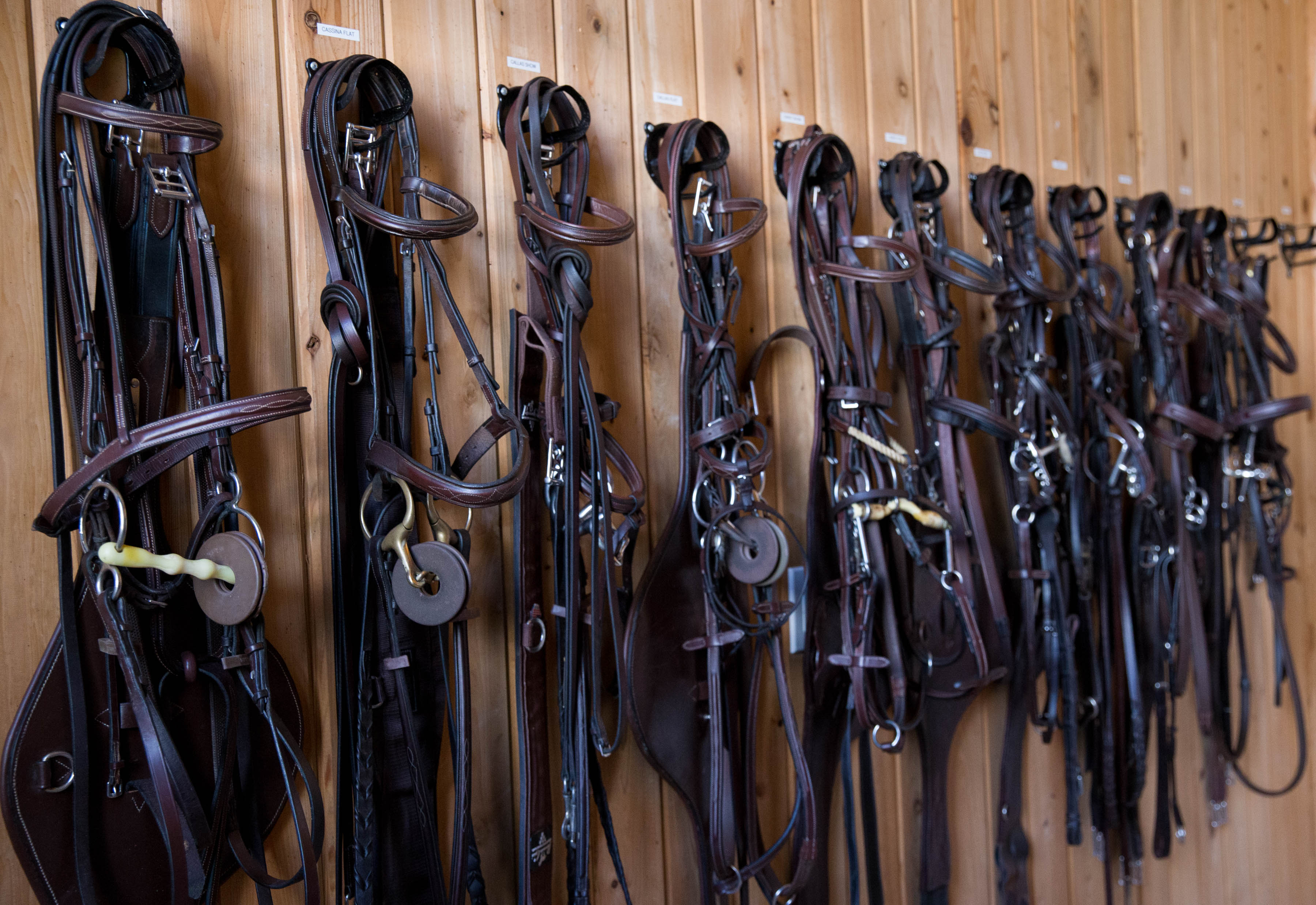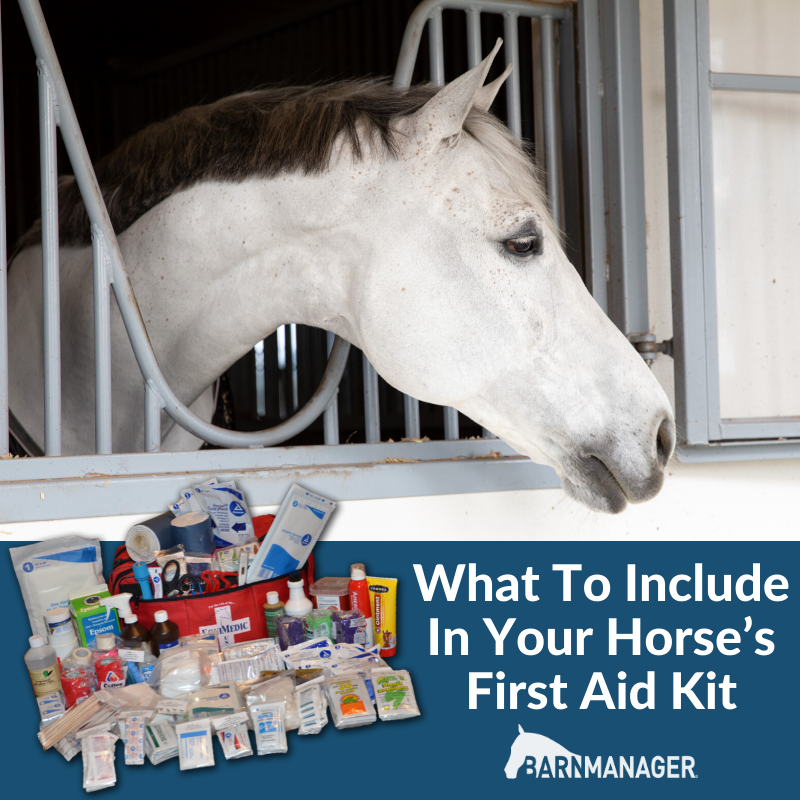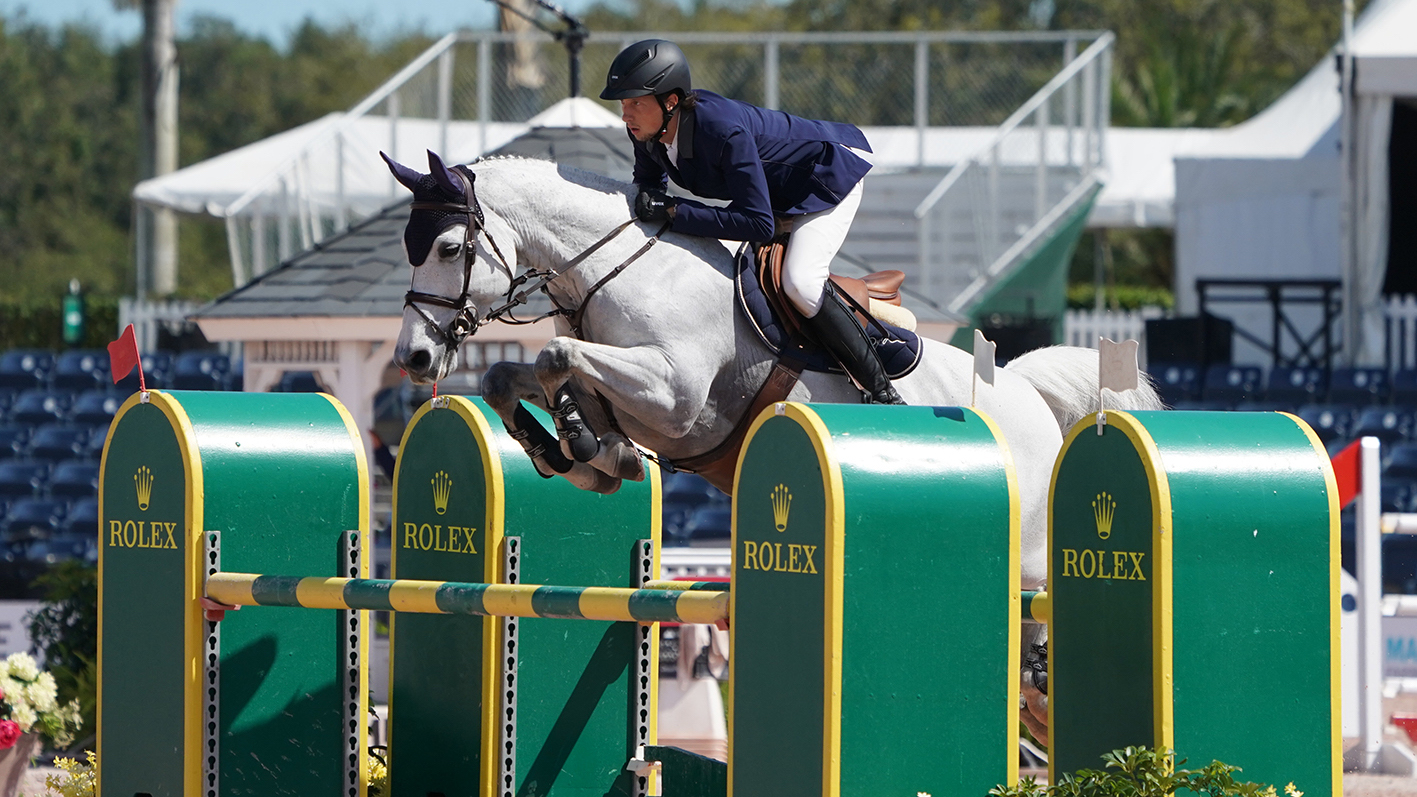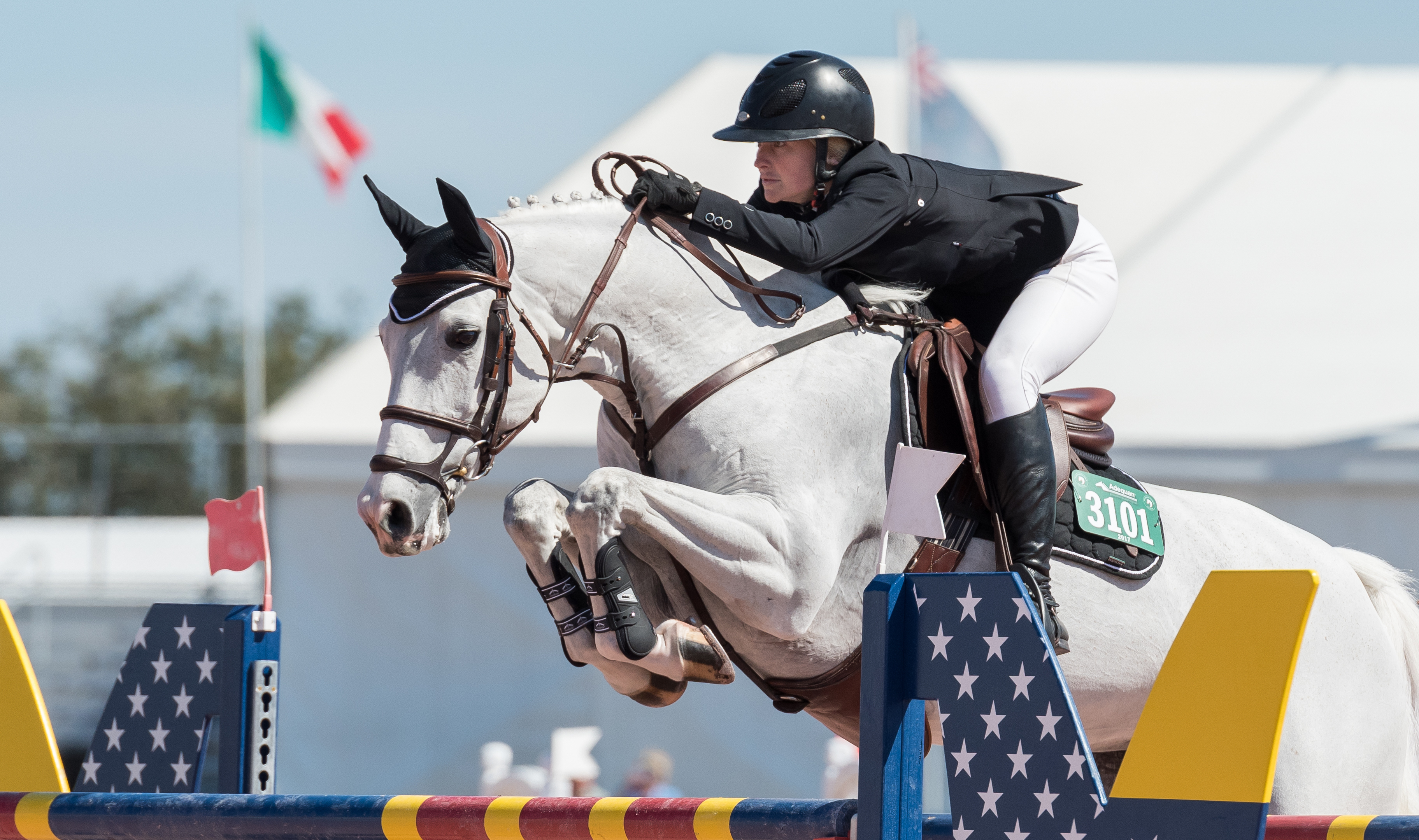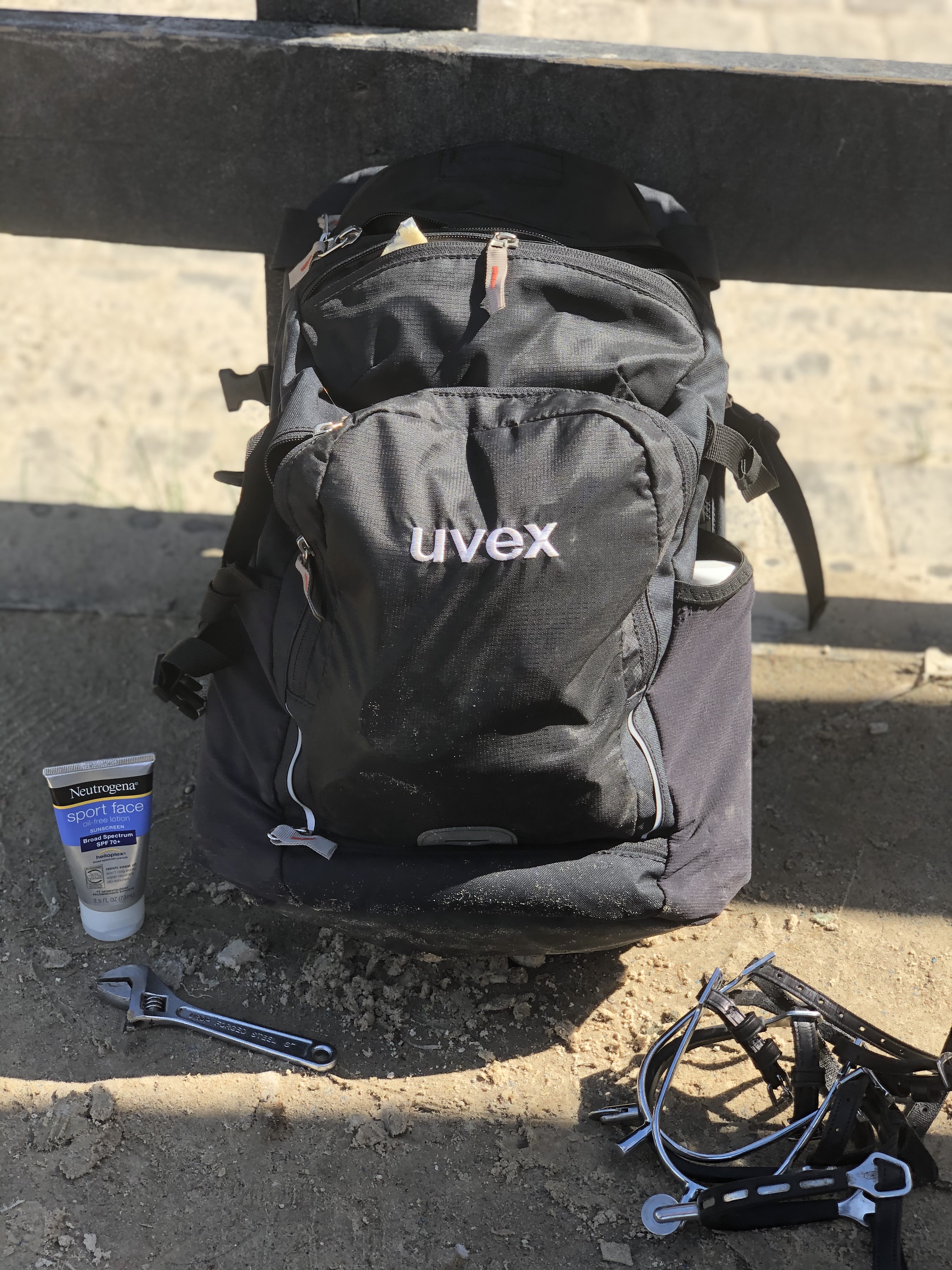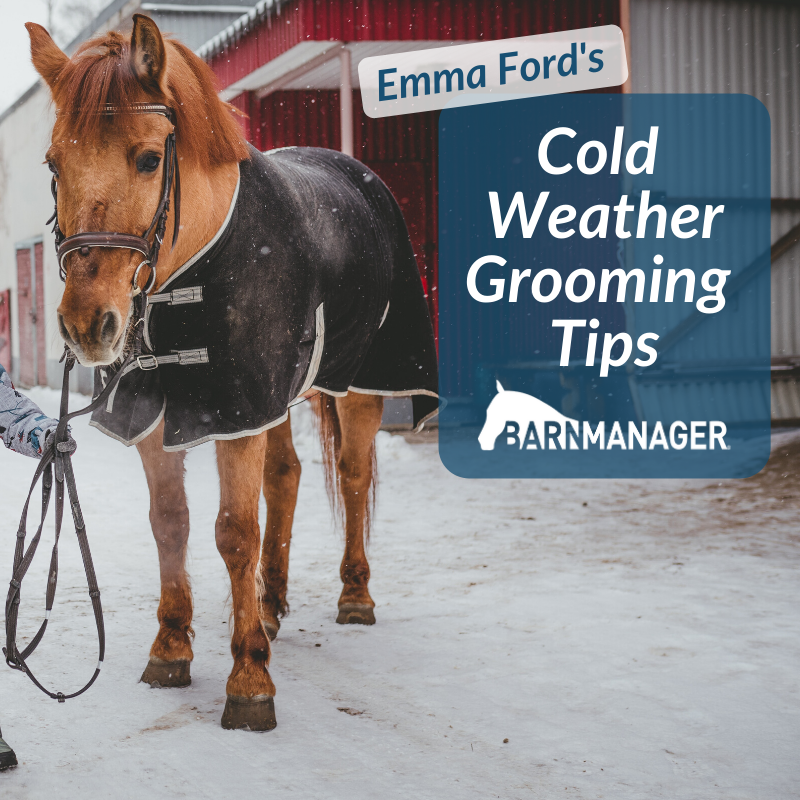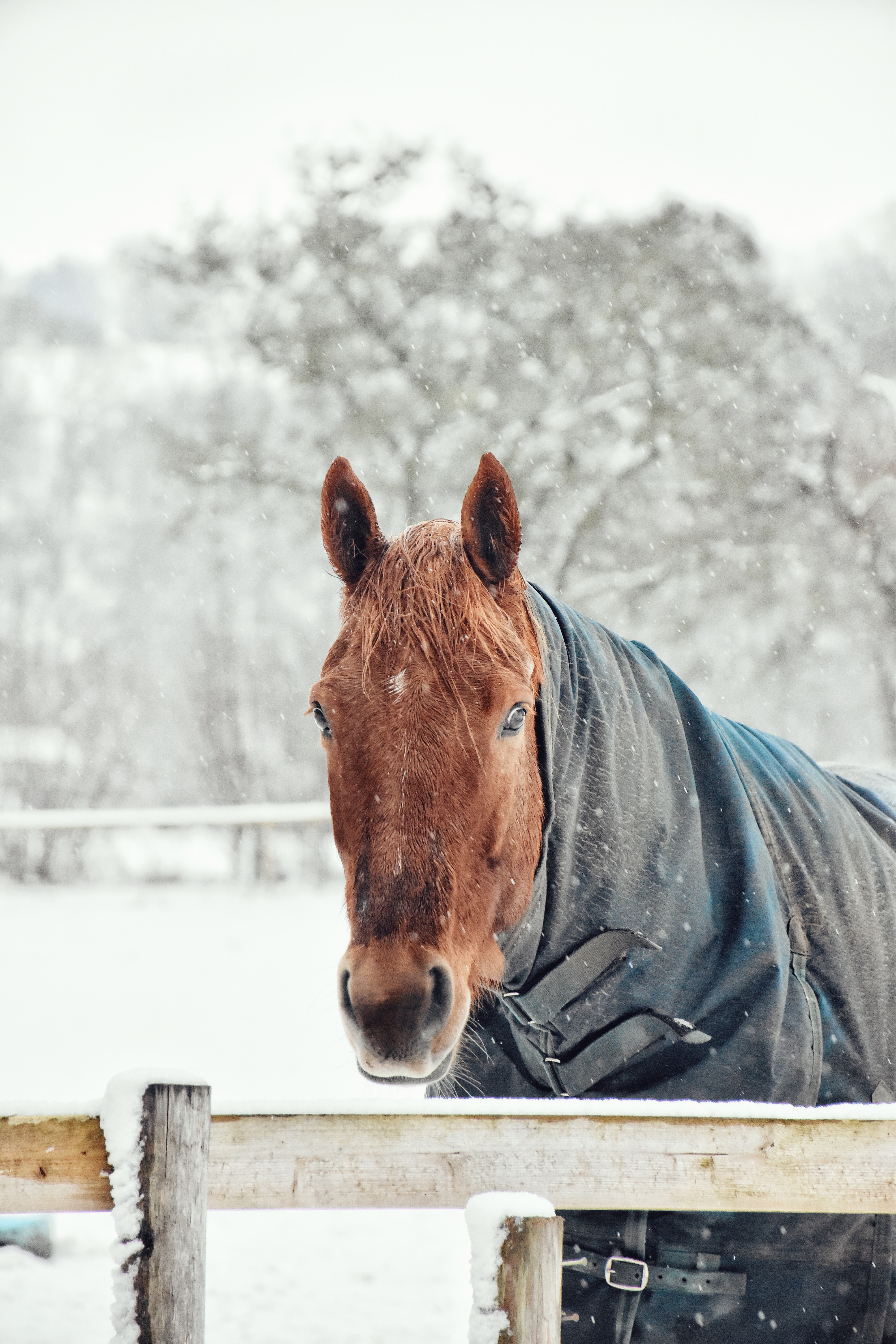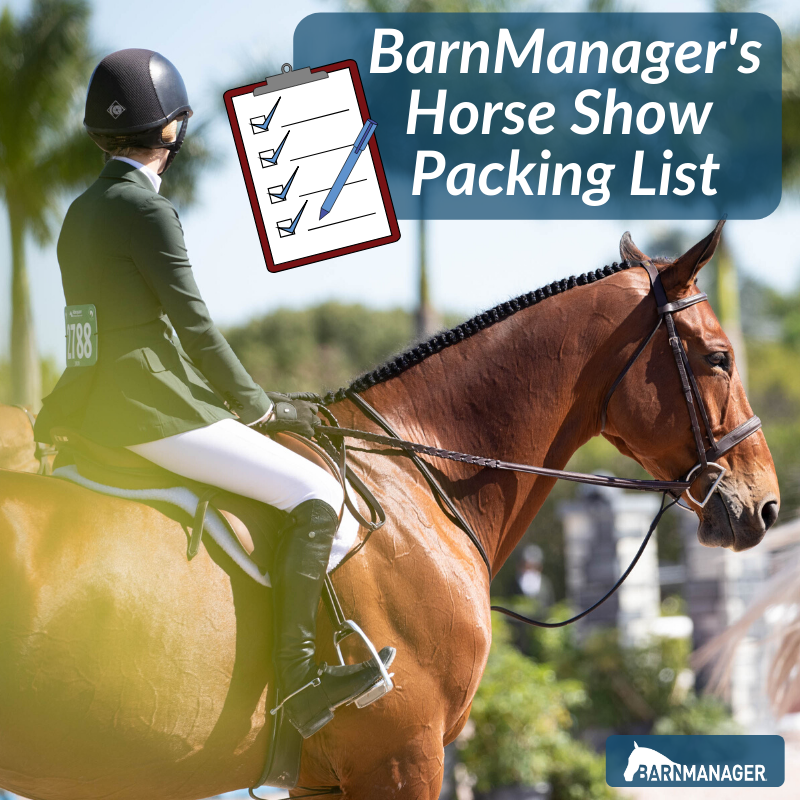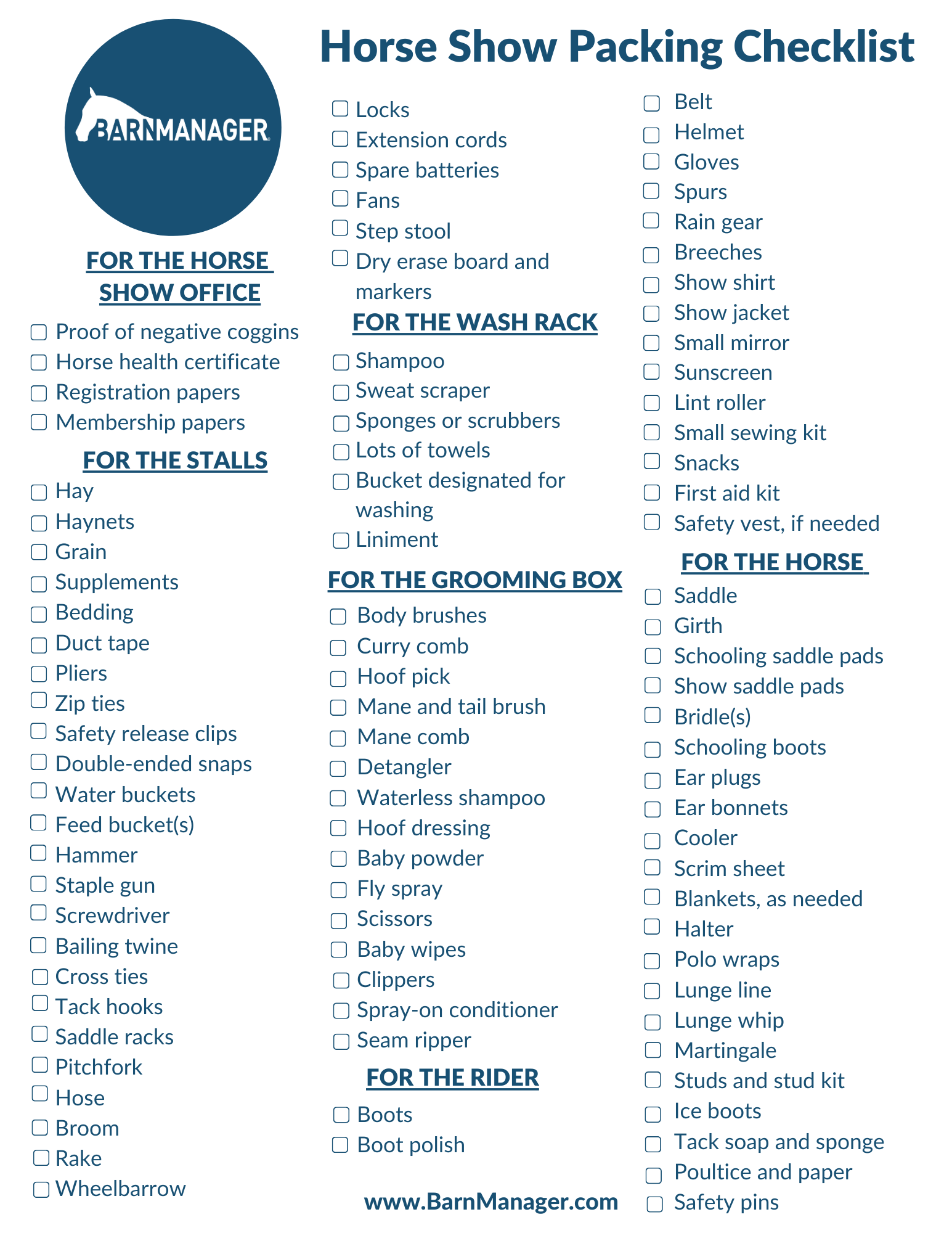From competitions being canceled further into the spring to many boarding barns now closing their doors to customers, the non-health-related effects of the global coronavirus pandemic continue to increase.
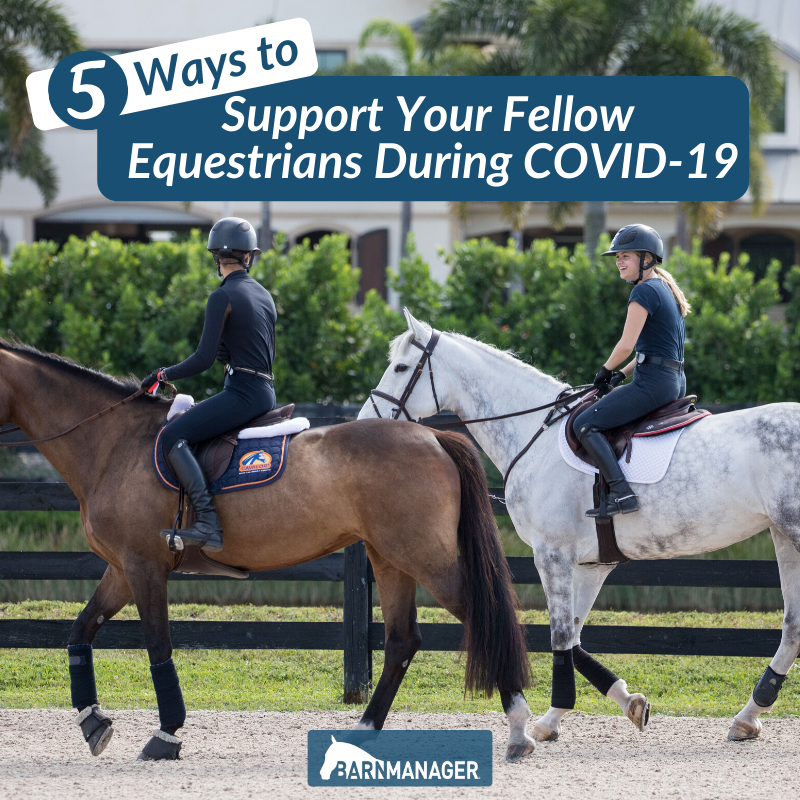 For many within our equestrian industry, that means the loss of their livelihood, and for almost all of us, it means significant changes to our daily lives and less time spent in the saddle or enjoying our horses. While it’s important to remain physically distant from one another, now is a time to figuratively come together as a community.
For many within our equestrian industry, that means the loss of their livelihood, and for almost all of us, it means significant changes to our daily lives and less time spent in the saddle or enjoying our horses. While it’s important to remain physically distant from one another, now is a time to figuratively come together as a community.
Here are just five ways that you can support your fellow equestrians during this time.
1. Make purchases from equestrian professionals. – Your trainer has likely had to limit or entirely cancel teaching lessons or clinics; your favorite horse show photographer no longer has spring events to shoot, and your braider is temporarily out of a job (and that’s to name just three of the many types of equestrian professionals directly impacted by COVID-19).
If you are financially able, now is a great time to pre-purchase training or lesson packages or gift certificates to gift a friend or family member with riding lessons. If your trainer or other professionals offer digital seminars, take advantage of them as you’re able. This not only supports their businesses, but it allows you to continue to learn and grow during this down time.
Have you been considering ordering prints or a large canvas of your favorite show photos? Now is the perfect time to place that order and support horse show photographers!
2. Give what you can to help those in need. – The cancellation of horse shows means a lack of work for the support staff that make them possible: the ring crew, grooms, ingate guys, stewards, judges, security, office staff, and more. We know many reading this likely have been financially affected by COVID-19 as well, but for those who are able, giving what you can to those out of work can go a long way. Check out the Show Jumping Relief Fund for one way to give.
3. Be understanding that many may struggle to afford their horses during this time – and don’t be afraid to seek help if you are among them. – Many people are struggling to figure out how to cover their own living expenses, let alone those of their horses.
4. Check in on each other and encourage group “hang outs.” – The current circumstances can be stressful, and the reduced social interaction can be tough for anyone’s mental health. Check in on your friends and barn mates and come up with new ways to “get together.” Try group FaceTime calls or perhaps pick a horse book (fiction or non-fiction) and start your own virtual book club. Need some motivation and encouragement to workout? Why not do video workouts together virtually with your barn mates?
5. Stay home. – One of the most important things that you can do for the benefit of not only the equestrian community, but the country as a whole, is to adhere to the advised social distancing guidelines. The sooner we can stop the spread of COVID-19, the sooner we can return to the horses that we love!
Wishing everyone health and safety during this time!
